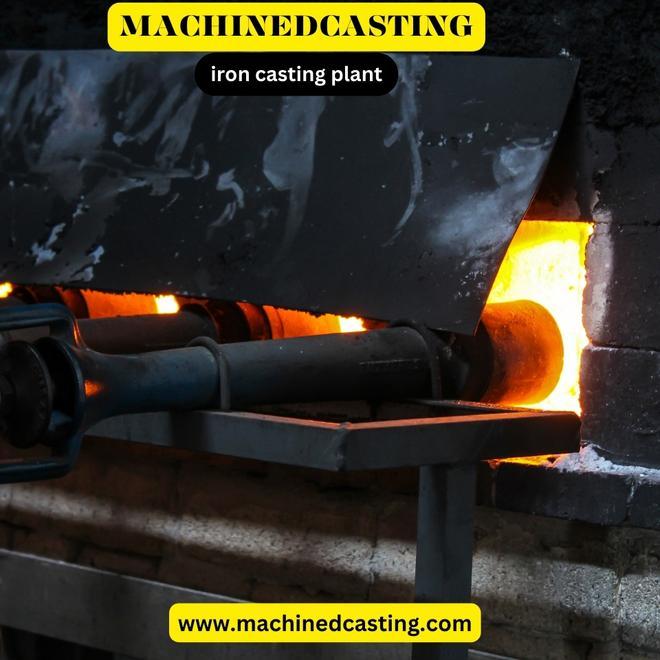Embarking on the journey of establishing an iron casting plant requires meticulous planning, thorough understanding of the processes involved, and unwavering dedication. This guide aims to provide a detailed roadmap for aspiring entrepreneurs or industrialists looking to venture into the realm of iron casting plant. From initial setup to operational management, each step is crucial for ensuring efficiency, quality, and sustainability in production.
-
Feasibility Study and Planning:
- Conduct a comprehensive feasibility study to assess market demand, competition, and potential challenges.
- Determine the optimal location considering proximity to raw materials, transportation facilities, and regulatory requirements.
- Develop a detailed business plan outlining investment requirements, production capacity, and revenue projections.
-
Infrastructure and Equipment:
- Acquire suitable land for the plant and obtain necessary permits and approvals from regulatory authorities.
- Design the layout of the plant for efficient workflow, including areas for melting, molding, casting, finishing, and storage.
- Procure high-quality equipment such as furnaces, molding machines, ladles, and casting tools from reputable suppliers.
-
Raw Material Procurement and Quality Control:
- Establish reliable sources for raw materials including iron scrap, pig iron, and alloying elements.
- Implement stringent quality control measures to ensure the purity and consistency of raw materials, thereby enhancing the quality of the final castings.
-
Production Processes:
- Develop standardized operating procedures for each stage of the casting process, including melting, pouring, cooling, and finishing.
- Train personnel thoroughly on safety protocols, equipment operation, and quality control practices to minimize errors and maximize efficiency.
- Implement automation and digital monitoring systems to optimize process control and enhance productivity.
-
Environmental Management and Compliance:
- Install pollution control equipment to minimize emissions of particulate matter, gases, and other pollutants.
- Comply with environmental regulations regarding waste disposal, water usage, and air quality standards.
- Adopt sustainable practices such as recycling of scrap metal and energy-efficient technologies to minimize environmental impact.
-
Quality Assurance and Testing:
- Implement robust quality assurance protocols throughout the production process, including inspection of raw materials, in-process monitoring, and final product testing.
- Invest in advanced testing equipment such as spectrometers, hardness testers, and dimensional inspection tools to ensure compliance with customer specifications and industry standards.
-
Marketing and Sales:
- Develop a marketing strategy to promote the plant's capabilities and attract potential customers from industries such as automotive, aerospace, construction, and machinery.
- Build strong relationships with clients by delivering high-quality products, timely delivery, and responsive customer service.
Conclusion: Establishing and operating an iron casting plant demands careful planning, strategic investment, and continuous improvement. By following the steps outlined in this guide and staying committed to excellence, entrepreneurs can unlock the immense potential of this dynamic industry while contributing to economic growth and industrial development.
